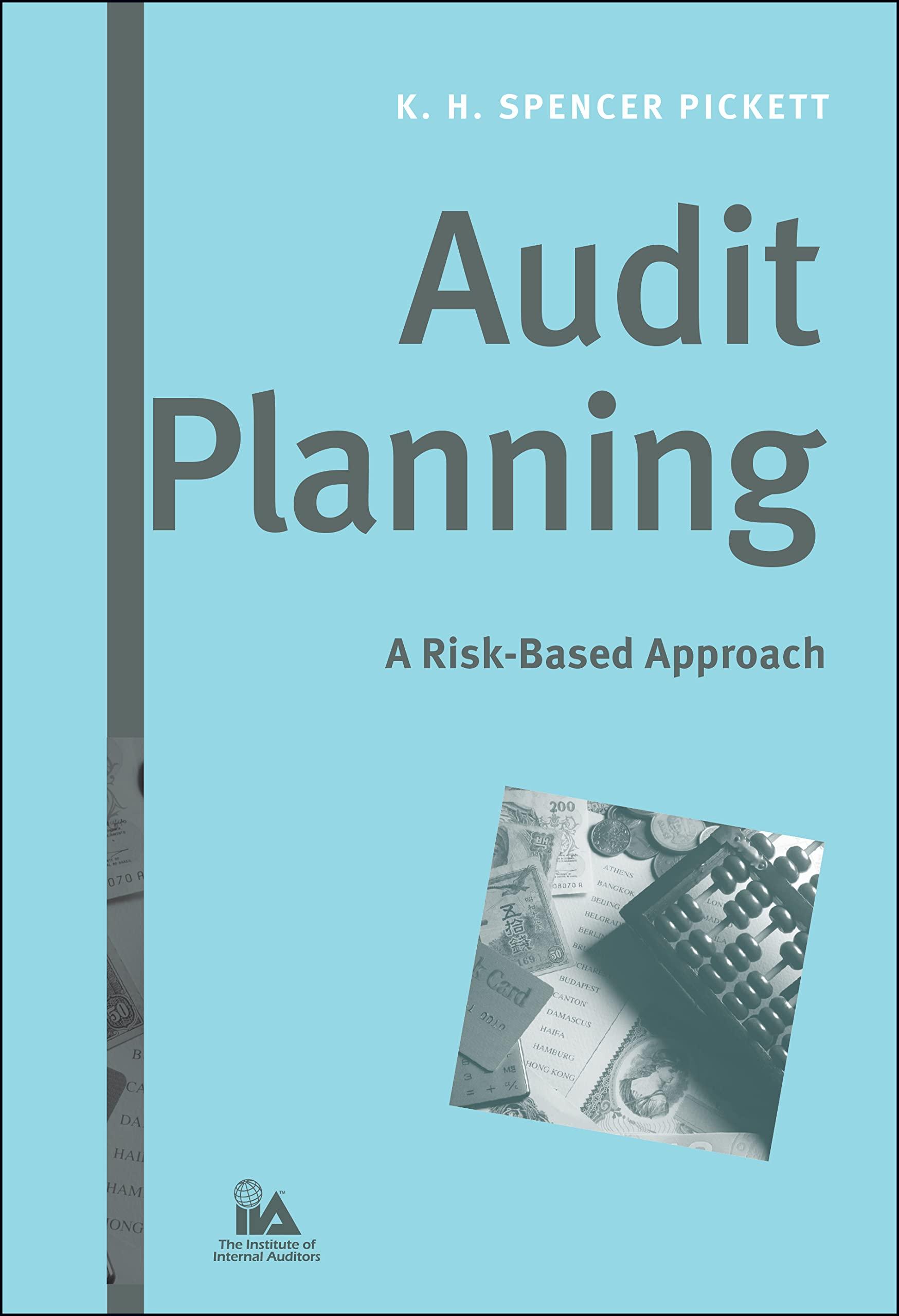Question
Could you please help me to comment on this post from a classmate? I need to add information, I need references. Thank you for your
Could you please help me to comment on this post from a classmate? I need to add information, I need references.
Thank you for your help
1). Why do non-investment grade bonds have much higher direct costs than investment grade issues?
Bonds are the debt instrument issued by the government or company to raise money from the market under the loan agreement. Under the agreement, the issuer is required to pay periodic interest payments to the bondholder on the specified date. This rate is called the coupon rate.
In general, the bonds have some rating that makes them bonds with investment ratings and reach the risk of the bond according to the rating. Those bonds that are less risky in nature always obtain a lower yield because in these bonds the risk of loss is less and the risk underperforms. Those bonds that do not have a rating or a very low rating, make them very risky and difficult to sell. It becomes very difficult for the issuing company to narrow the sales market for this type of bond. That is why the direct cost increases.
Therefore, non-investment grade bonds have a much higher cost compared to investment grade issues because non-investment grade bonds are exposed to a higher risk of default. This is the main reason behind the higher expectation of a return from investors.
2). I critically evaluated the following statement: Investing in the stock market is the same as gambling. Such a speculative investment has no social value apart from the pleasure that people find in this kind of gambling.
Unlike the game, the stock market is a positive-sum game; Everyone has the ability to win. In addition, speculators provide liquidity to the markets and thus help promote efficiency. What happens in the stock market is based on underlying economic events.
The game is purely playing the odds. Thus, efficient secondary markets make it possible for companies to raise capital in primary markets. Therefore, gambling on the stock market is not like gambling.
3). In general terms, why are some risks diversifiable? Why are others not? What can conclude that an investor can control the level of unsystematic risk in a portfolio, but not the level of systemic risk?
Diversifiable risk is the possibility of a change in the price of a security due to the specific characteristics of that security. Diversification of an investor's portfolio can be used to offset and therefore eliminate this type of risk. Diversified risk differs from risk inherent in the market as a whole.
The risk that is common to a set of assets and liabilities is basically a non-diversifiable risk. Being unavoidable and not offsetting exposure to such risks, nondiversifiable risk can be taken as the significant section of the risk of an asset attributable to market factors that affect all companies. The main reasons for this type of risk include inflation, international incidents, etc. Furthermore, it cannot be eliminated by diversification.
Some risks are unique to that asset and can be eliminated by investing in different assets. Some risks apply to all assets. Systematic risk can be controlled, but through a costly effect on estimated returns.
Part of the risk of holding any asset is unique to the asset in question. By investing in a variety of assets, this unsystematic portion of the total risk can be eliminated at low cost. On the other hand, there are systematic risks that affect all investments. This part of the total risk of an asset cannot be eliminated without cost.
Step by Step Solution
There are 3 Steps involved in it
Step: 1

Get Instant Access to Expert-Tailored Solutions
See step-by-step solutions with expert insights and AI powered tools for academic success
Step: 2

Step: 3

Ace Your Homework with AI
Get the answers you need in no time with our AI-driven, step-by-step assistance
Get Started


